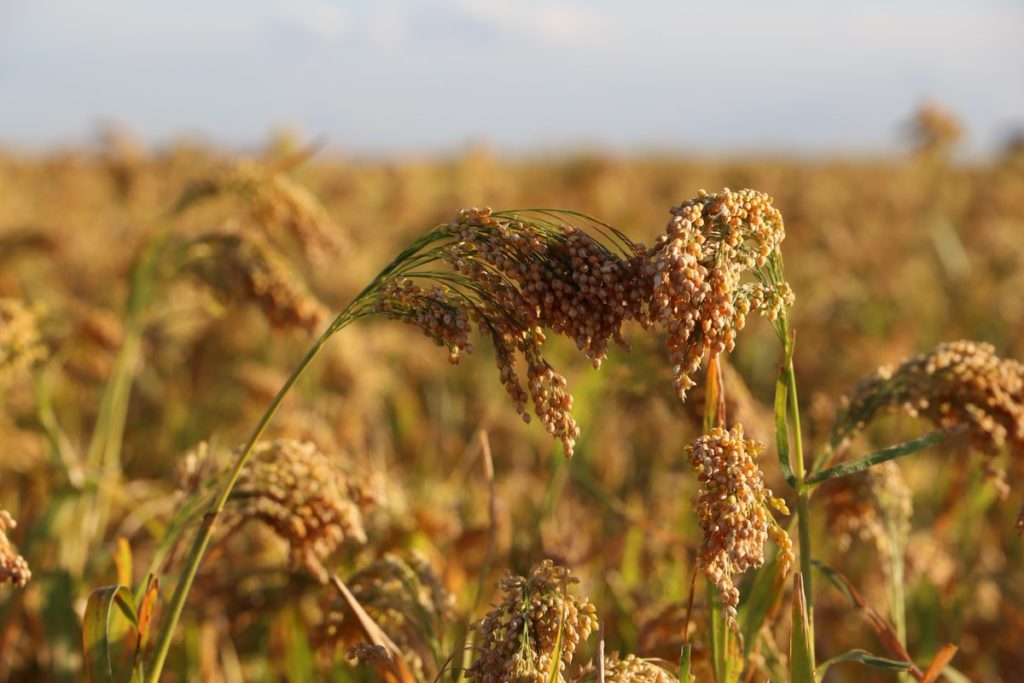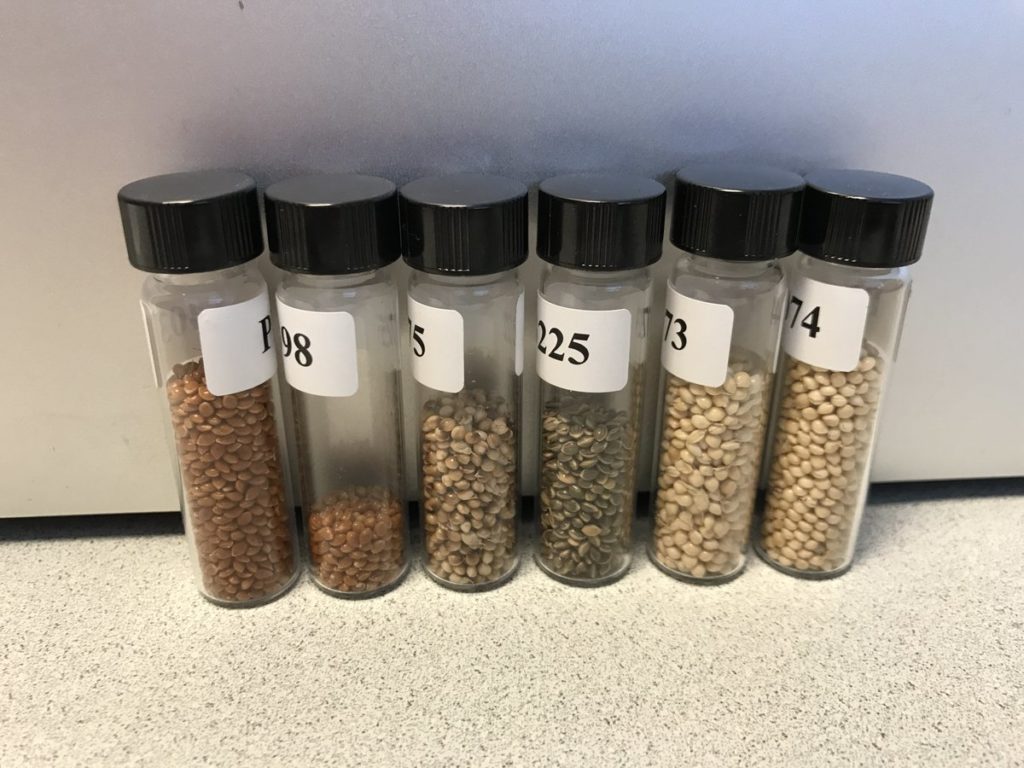So I did a thing. For those who don’t want to click the link, it describes the results farmers are seeing in their first year of growing two new varieties of proso millet developed by a company called Dryland Genetics. Many farmers are getting 20% more grain from the same land as they did with the varieties they grew in the past. Since proso millet is grown in close to half a million acres in the USA (two hundred thousand hectares or three million mu (亩) for those of you reading internationally), that means these new varieties have the potential to produce a lot more calories from the same land, using the same water and the same nitrogen.

I helped found Dryland Genetics in 2014. At the beginning that meant reading a lot. Then writing a business plan. Then pitching that business plan. Winning over investors. Wrangling logistics. Hiring a full time breeder. Crunching numbers and datasets. Losing sleep over logistics and seed processing and cleaning and inspections and sales. More recently hiring more people who take over the job of wrangling and lose sleep over logistics and seed processing and cleaning and inspections and sales.
Our business case was and is that proso millet produces more grain from less water than any other grain crop. That means it can grow where other crops fail, and produce more grain from less water than dryland corn in places where water is the primary limit on crop productivity. Yet despite being grown on hundreds of thousands of acres, the crop had been largely neglected by plant breeders. The University of Nebraska has a plant breeder who works on proso millet (among other crops) but doesn’t have any particular funding to support his work on the program.
In the business plan I argued that 1) modern marker assisted plant breeding can increase yields a lot particularly in crops which haven’t benefited from it in the past 2) we could apply those techniques and make really rapid progress in breeding proso millet 3) if we used plant breeding to increase the yield of proso millet it would save a lot of water and make farmers a lot of money. So if people invested in a company that was going to breed new and higher yielding proso millet, those investors would also make a lot of money (and also have made the world a better place by allowing us to grow more food using less water).
Seven years and tens of thousands of new recombinant inbred lines later, we’ve increased yields. A lot. There is a whole pipeline of new varieties in the process of being tested that may be even better than those first newly released varieties. Proso millet prices are also quite high at the moment (about $8/bushel at the moment) so a bunch of the farmers who used Dryland Genetics seed and saw higher yields made a lot more money this year than they would have otherwise.
